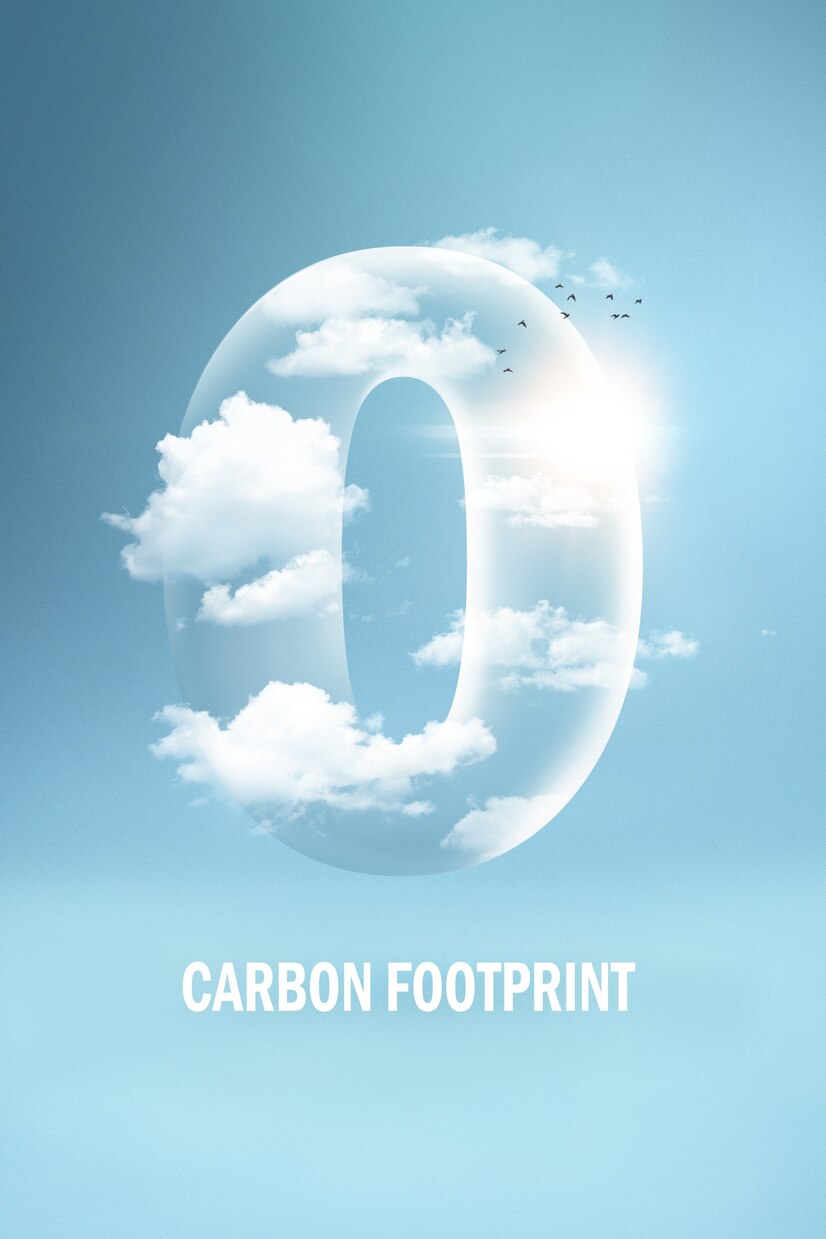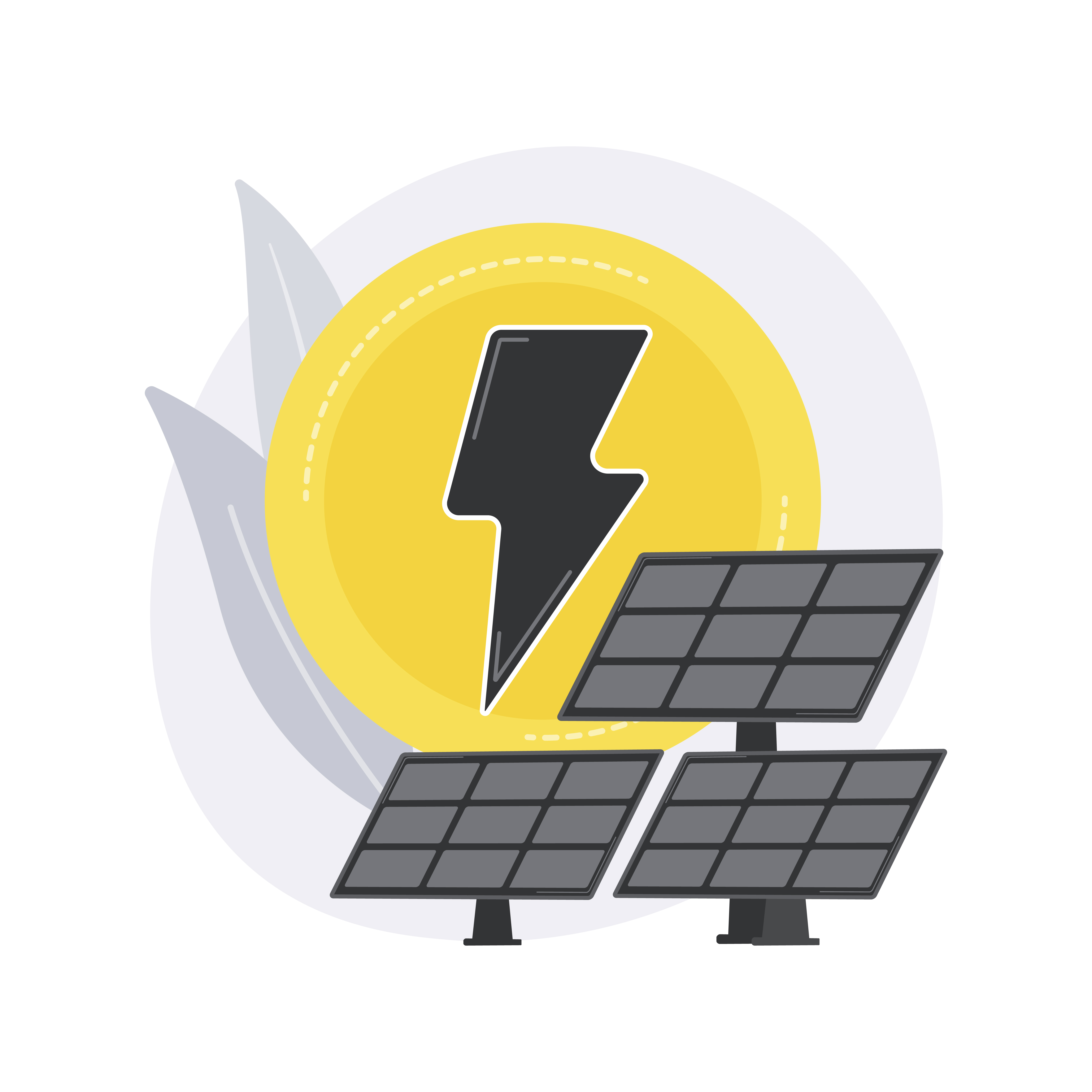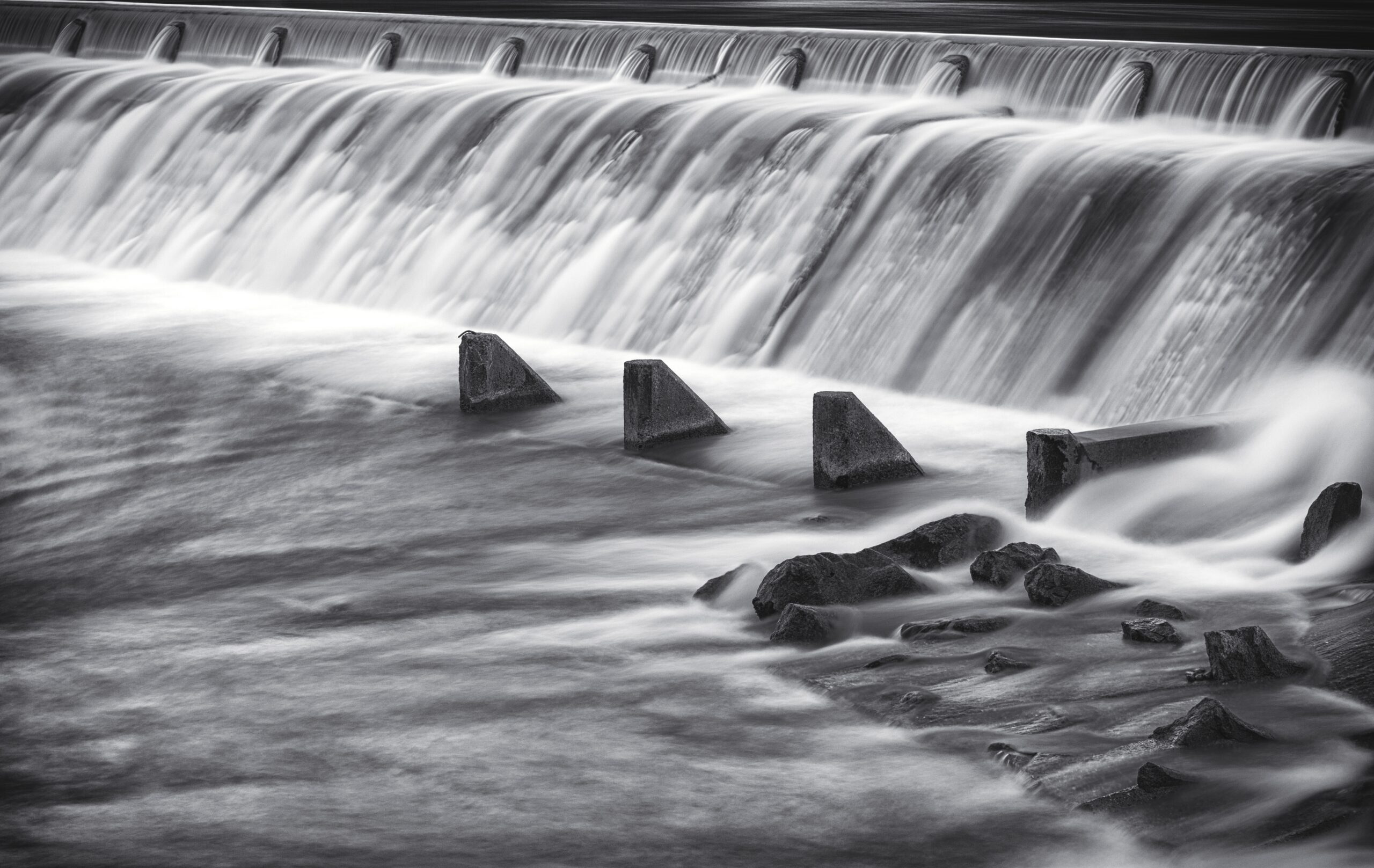Spain’s cumulative Hydropower capacity is 20.4 Gigawatt as of 2023, accounting for 9.5 per cent of total electricity. This article will centre on the government’s aspirations and tactics, forthcoming hydropower endeavours, the key players in the sector, and the obstacles confronting the industry.
Ambition & Strategy:
As per the National Energy and Climate Plan, the government intends to boost renewable energy capacity. For instance, it plans to install 50,333 Megawatt of wind power, 39,181 Megawatt of solar power, and 14,609 Megawatt of hydropower. Building renewable energy will be crucial as Spain aims to reduce carbon emissions by 46 per cent by 2030 from 2019 levels and attain net zero emissions by 2045 and net-negative emissions by 2050.
Upcoming Hydropower Projects:
- The Girones hydropower project is in Catalonia, developed by Jose Antonio Romero Polo. It is at the permitting stage, likely to begin construction in 2024, and operations in 2028 with a capacity of 2000 Megawatt.
- The Aguayo II hydropower project is in Cantabria and is owned by Repsol. It is at the permitting stage, likely to be commissioned in 2026 with a capacity of 1000 Megawatt.
- Raimats hydropower project is in Catalonia. It is at the permitting stage, likely to begin construction in 2024 and operations in 2028, with a capacity of 1061 Megawatt.
- Leon hydropower project is in Castile and Leon, and it is at the permitting stage, likely to be commissioned in 2031 with a capacity of 552 Megawatt.
- Los Guajares hydropower project is in Andalusia and under construction by Energya VM Gestion de Energia. It is at the permitting stage, likely to begin construction in 2026 and operations in 2029, with a capacity of 356.872 Megawatt.
Top Operators:
- Iberdrola Espana, headquartered in Bilbao, was founded in 1992. It is an electric utility supplying electricity from solar, wind energy and hydropower.
- Endesa, headquartered in Madrid, was founded in 1944. They are engaged in electricity generation from hydropower, nuclear power, solar energy, and wind energy and distributing electricity to consumers.
- Naturgy Energy Group, headquartered in Madrid, was founded in 1843. They supply electricity from natural gas and modern renewables like solar, wind energy, and hydropower.
- Repsol, headquartered in Madrid, was founded in 1986. They are an energy and petrochemical company that uses fossil fuels like coal and natural gas and renewable sources like wind, solar energy and ocean waves.
- EDP Espana, headquartered in Astuaris, was founded in 1967. It is a subsidiary of Energies De Portugal, focusing on Renewable energy like hydropower for electricity generation.
Challenges:
- The biggest obstacle is the long time to build hydropower projects. For instance, it can take 10 to 15 years to go from the planning to the commission stage. The government needs to streamline the permitting process.
- The second issue is that the environmental impact assessment process is very demanding, leading to delays and imposing additional financial burdens.
- The third hindrance is the negative impact of climate change. For instance, drought led Endesa to shut down its hydropower plant as the water level at the reservoir fell below the amount needed to keep it running.
Conclusion:
Spain’s hydropower sector faces challenges amidst ambitious government targets for renewable energy expansion. The National Energy and Climate Plan outlines significant carbon reduction and net-zero emissions. Upcoming hydropower projects promise growth, yet prolonged development timelines and rigorous environmental assessments pose hurdles. Leading operators like Iberdola Espana, Endesa, Naturgy Energy Group, and Repsol navigate these challenges. As Spain strives towards sustainability, the resilience of its hydropower industry will be pivotal in achieving energy objectives and mitigating climate change impacts.
End Notes
https://www.statista.com/statistics/1249444/renewable-capacity-goals-spain-source/
https://www.power-technology.com/data-insights/top-5-hydro-power-plants-in-development-in-spain/
https://www.power-technology.com/marketdata/power-plant-profile-girones-spain/
https://www.gem.wiki/Aguayo_II_hydroelectric_plant
https://www.power-technology.com/data-insights/power-plant-profile-raimats-spain/
https://www.gem.wiki/P-Phes_Navaleo_hydroelectric_plant
https://www.power-technology.com/data-insights/power-plant-profile-los-guajares-spain/
https://www.naturgy.com/en/about-us-naturgy/the-energy/renewables/





